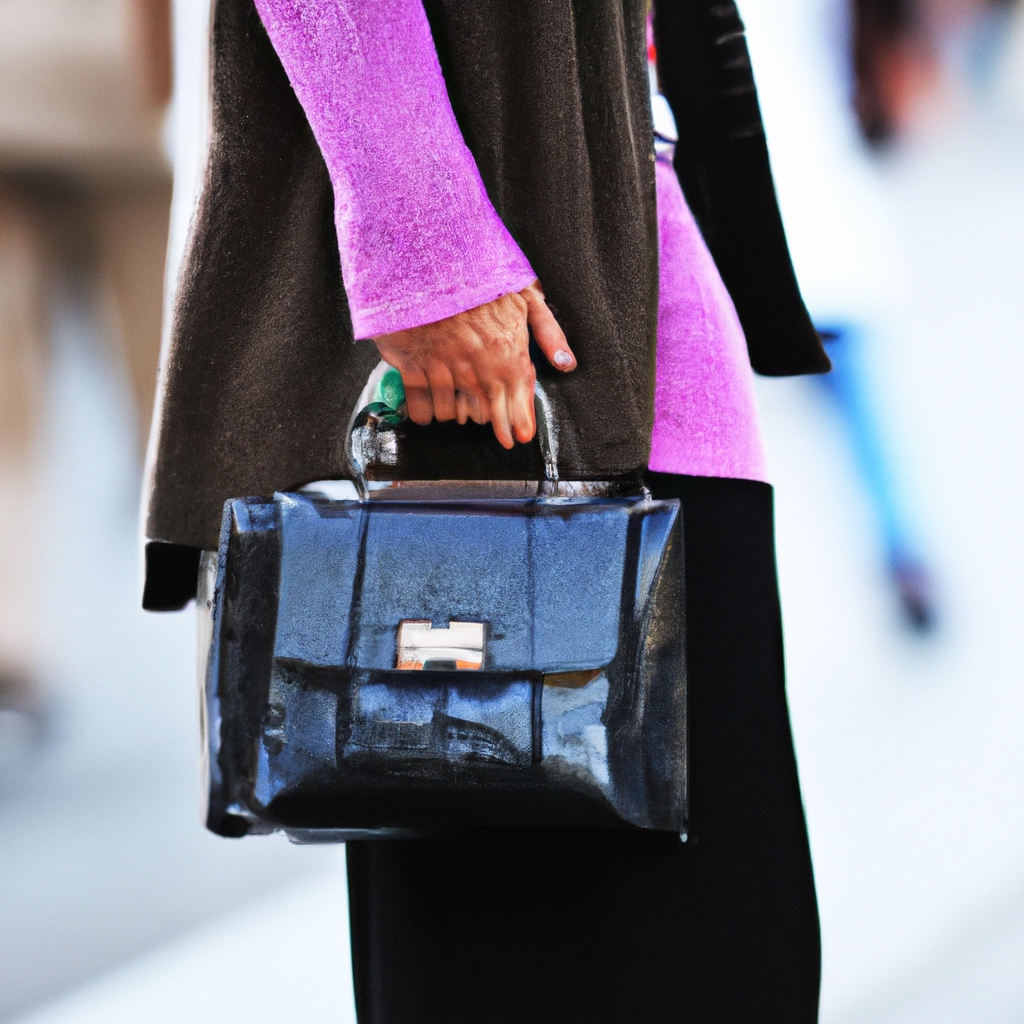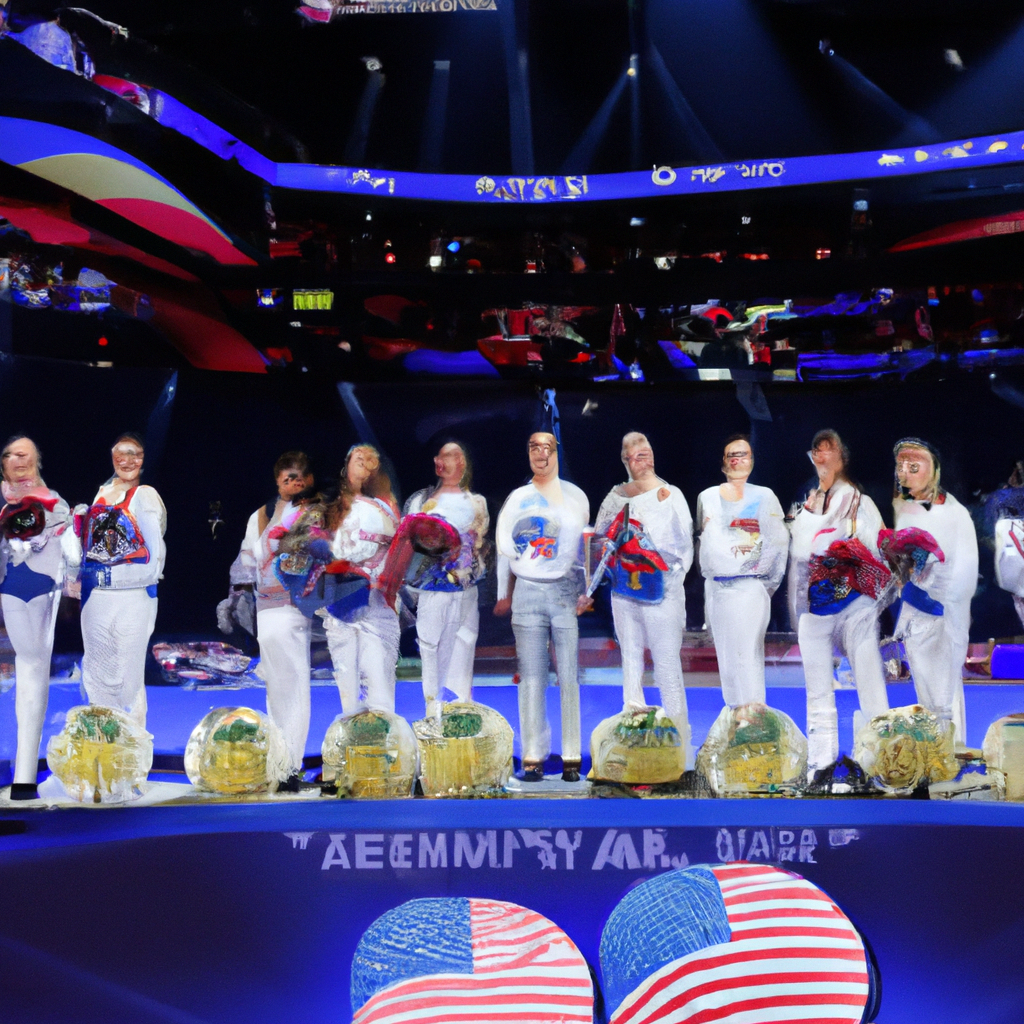
Analysis of Luxury Brands' Discount Strategies in China
The situation at hand involves prominent luxury brands such as Marc Jacobs, Burberry, and Balenciaga resorting to substantial discounts to attract consumers in the Chinese market, following a significant drop in sales. This initiative comes after the economic impact of COVID-19 and subsequent shifts in consumer spending patterns, which have led to an unpredictable luxury goods landscape. With Burberry's sales plummeting by 21% year-over-year in China and brands averaging discounts of up to 50%, the situation is pressing for luxury brands.
Involved Perspectives
### 1. Luxury Brands
- Benefits: Increased immediate sales to clear unsold inventory and attract price-sensitive customers.
- Risks: Potential long-term brand equity destruction since discounts can erode perceived value.
- Losses: Alienation of core customer segments that value exclusivity, leading to possible brand dilution.
### 2. Consumers
- Benefits: Access to luxury goods at significantly reduced prices, allowing more individuals to partake in high-end shopping experiences.
- Risks: The possibility that over-discounting could diminish the long-term value of luxury brands, affecting future availability and perceived quality.
- Losses: Decrease in brand prestige, which may lead to lower resale values for products they buy now.
### 3. Analysts and Academics
- Benefits: Opportunities for analysis and discussion on consumer behavior and market dynamics in the luxury sector.
- Risks: Difficulty in predicting the long-term sustainability of these discount strategies.
- Losses: Potential for ongoing volatility in market predictions if economic conditions do not stabilize, leading to erratic consumer behavior.
Relevancy Meter
Based on historical trends and the current landscape, the relevancy of luxury brands' discounting strategies is moderate. The luxury market in China has fluctuated over multiple generations, making this a contemporary discussion for the current generation. Given that it only spans a few years since the pandemic's onset, it can be regarded as both relevant and significant yet requires caution in assumptions about long-term consumer behavior.
Visual Representation of Economic Trends in Luxury Goods
- 1. **Luxury Market Growth (2017–2021)**: Tripled market size in China.
- 2. **Impact of COVID-19**: Initial revenge spending followed by a market slowdown.
- 3. **Comparative Discount Rates**: Visibility into the discounts offered by brands, highlighting the volatility in consumer spending.
- 2017: Luxury Market Triples
- 2020: COVID-19 Restrictions
- 2024: Discount Surge
In summary, while strategies like deep discounting may yield short-term benefits, they could pose risks to brand equity that luxury companies may find alarming. The overall landscape in China necessitates a careful approach to managing consumer expectations and brand perception in the competitive market.
Keywords: luxury brands, Marc Jacobs, Burberry, Balenciaga, COVID-19, discounts, consumer spending, brand equity
Author: Andrej Dimov
Published on: 2024-07-26 16:10:09



